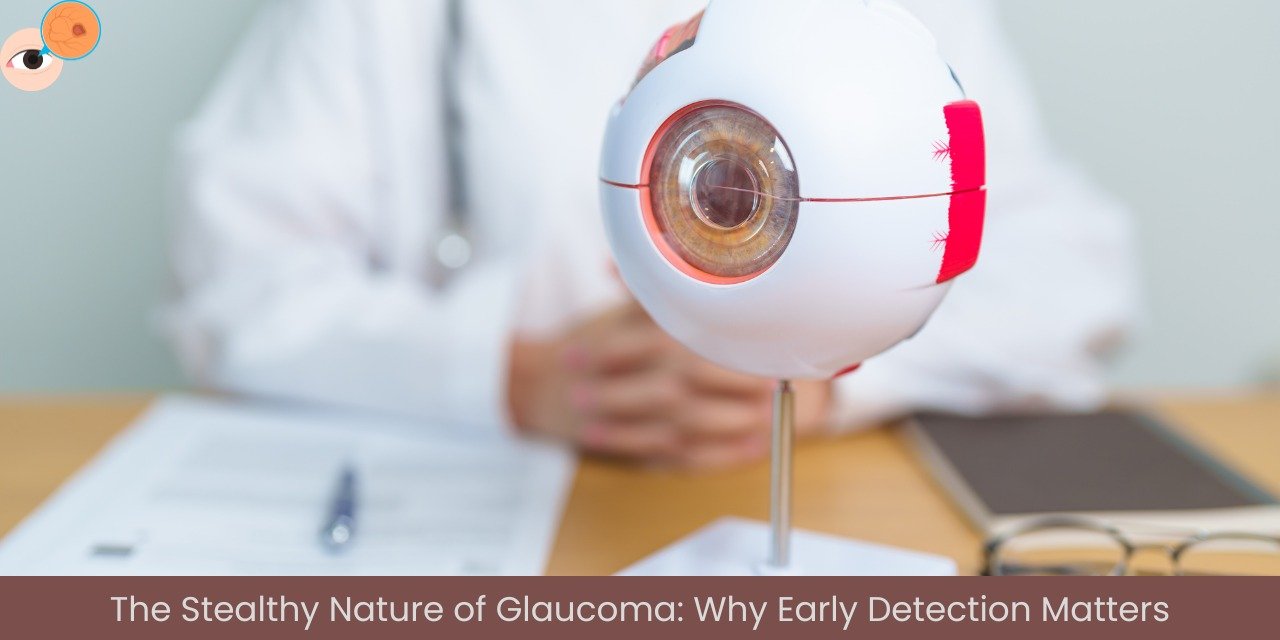Diabetic retinopathy is a serious eye condition that can cause vision loss in people with diabetes. It occurs when high blood sugar levels damage the blood vessels in the retina, the light-sensitive tissue at the back of the eye. The retina is essential for clear vision, and any damage to it can impair sight. The condition typically develops gradually, making it difficult for individuals to notice the changes in their vision until the damage becomes severe. Understanding diabetic retinopathy, its symptoms, causes, and preventive measures is essential for anyone with diabetes to maintain good eye health.
What is Diabetic Retinopathy?
Diabetic retinopathy is one of the most common complications of diabetes. It happens when uncontrolled blood sugar levels damage the tiny blood vessels in the retina, leading to problems with vision. These blood vessels may leak fluid, bleed, or become blocked, resulting in poor circulation and oxygen supply to the retina. Over time, this damage can cause vision loss and even blindness if not detected and treated early.
Stages of Diabetic Retinopathy
There are generally four stages of diabetic retinopathy, each with varying degrees of severity:
- Mild Nonproliferative Retinopathy: This is the earliest stage of diabetic retinopathy. Small areas of balloon-like swelling in the retina’s blood vessels (microaneurysms) may occur. In most cases, this stage doesn’t cause noticeable vision problems.
- Moderate Nonproliferative Retinopathy: In this stage, some blood vessels that nourish the retina become blocked. This leads to further complications, such as fluid leakage and changes in the retina’s structure, which can affect vision.
- Severe Nonproliferative Retinopathy: As the damage increases, more blood vessels become blocked, and the retina may start to suffer from a lack of oxygen. This can lead to the growth of abnormal blood vessels, increasing the risk of vision problems.
- Proliferative Diabetic Retinopathy (PDR): This is the most advanced stage of diabetic retinopathy, where new, fragile blood vessels begin to grow in the retina and vitreous (the gel-like substance inside the eye). These vessels are prone to bleeding and can cause scarring, leading to significant vision loss.
Symptoms of Diabetic Retinopathy
In the early stages, diabetic retinopathy may not cause noticeable symptoms. As the condition progresses, however, patients may experience:
- Blurred or fluctuating vision
- Dark spots or floaters in the vision
- Difficulty seeing at night
- Loss of central vision
- Sudden vision loss in severe cases
If you are diabetic, it’s crucial to undergo regular eye exams to detect any early signs of retinopathy, even before symptoms appear.
Causes and Risk Factors
The main cause of diabetic retinopathy is high blood sugar levels. Over time, high glucose levels can weaken and damage the blood vessels in the retina. Other contributing factors include:
- Poor blood sugar control
The longer a person has had diabetes and the less controlled their blood sugar levels are, the higher the risk of developing retinopathy. - Hypertension (high blood pressure)
This condition can worsen diabetic retinopathy by damaging the blood vessels further. - High cholesterol
Elevated cholesterol can also increase the risk of diabetic retinopathy by damaging the blood vessels in the retina. - Pregnancy
Women with diabetes who become pregnant are at increased risk of developing diabetic retinopathy. - Genetic factors
A family history of eye problems related to diabetes may increase the likelihood of developing retinopathy.
Preventing Diabetic Retinopathy
The key to preventing diabetic retinopathy is to keep blood sugar levels within the recommended range. Here are some preventive measures:
- Control blood sugar levels: Regular monitoring and maintaining blood sugar control through diet, exercise, and medication is crucial.
- Manage blood pressure and cholesterol: Keeping blood pressure and cholesterol in check helps protect the blood vessels in the eyes.
- Routine eye exams: Regular eye exams are essential for early detection of diabetic retinopathy, especially for individuals with diabetes.
- Healthy lifestyle choices: Eating a balanced diet, exercising regularly, and avoiding smoking can help reduce the risk of complications, including diabetic retinopathy.
Conclusion
If you notice any changes in your vision, it is important to seek treatment promptly to avoid further complications.For those seeking expert eye treatment in Chandigarh,Sangam Netralaya Mohali, led by Dr. Rajeev Gupta, offers comprehensive eye care, including diabetic retinopathy screening and treatment. The hospital is equipped with state-of-the-art technology to provide high-quality care for diabetic patients and help preserve vision. To get more information please contact us on : +918725066977













